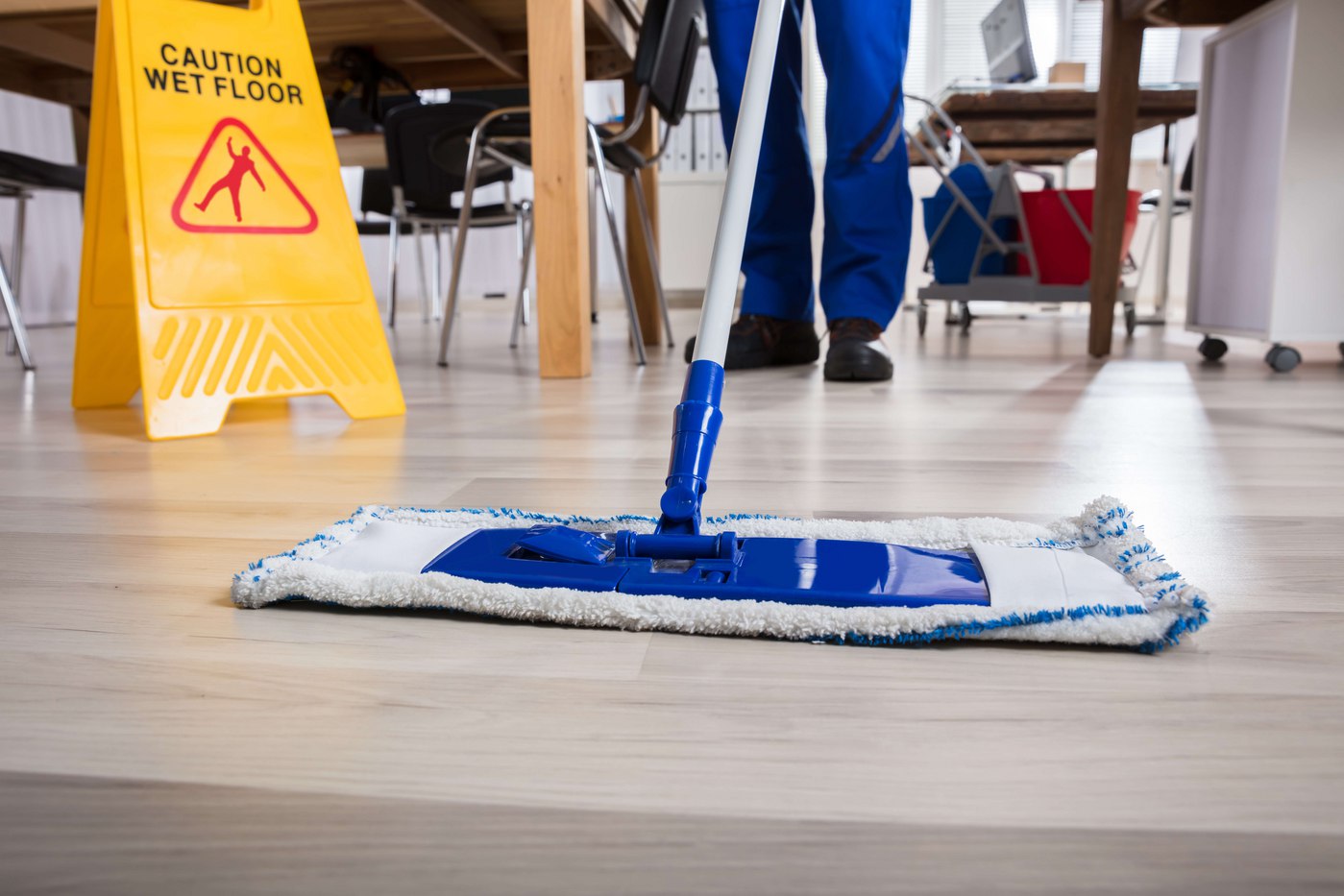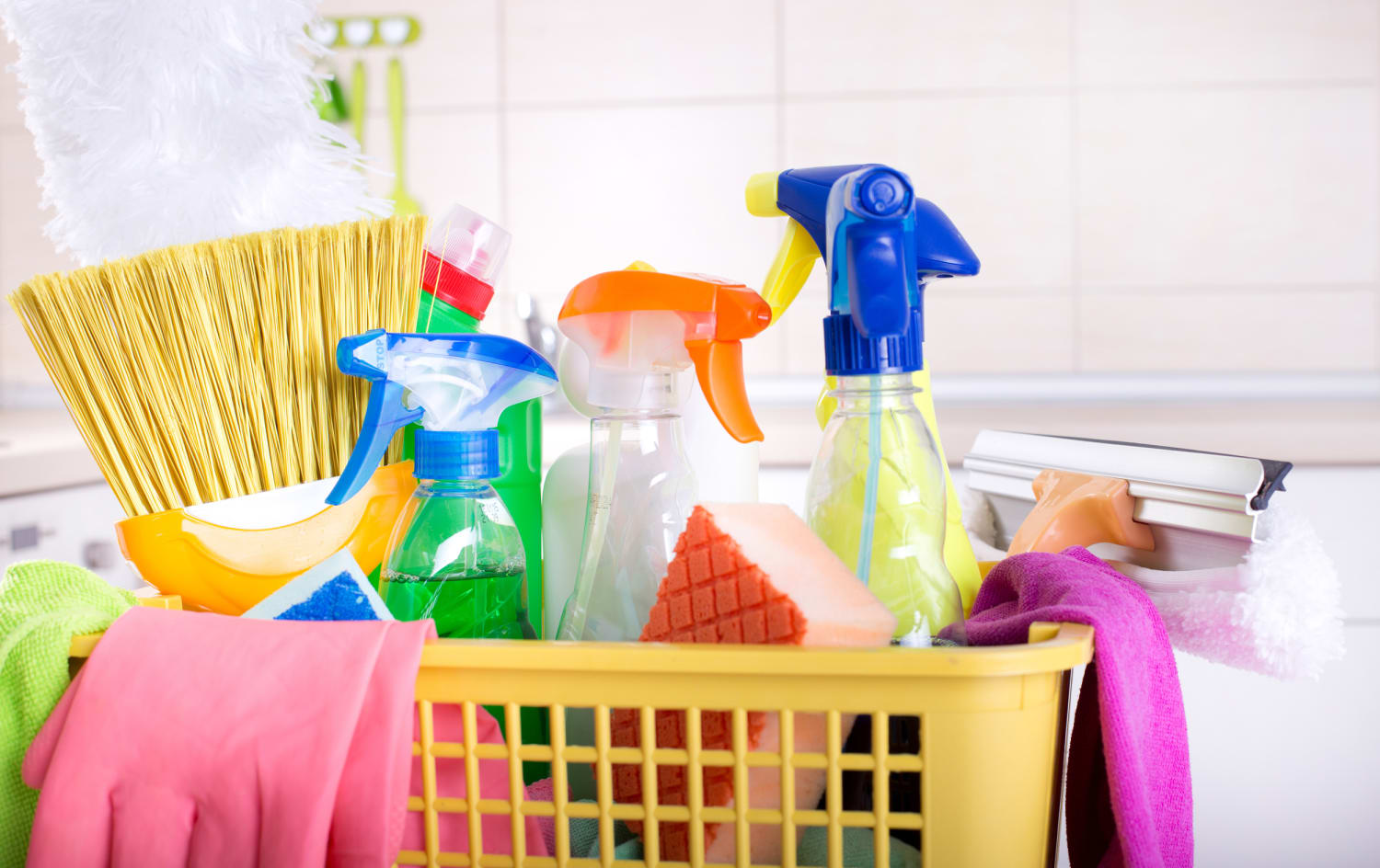Achieve a Cleaner Home with These Everyday Cleaning Tips: Defrosted and Cleaned Every Few Months and More
Achieve a Cleaner Home with These Everyday Cleaning Tips: Defrosted and Cleaned Every Few Months and More
Blog Article
Recognizing the Need for Thoroughly Decontaminating and Disinfecting Frequently Touched Surface Areas in High-Traffic Locations
In the realm of public wellness and safety, the thorough disinfection and sanitization of regularly touched surface areas in high-traffic locations stand as vital measures in stopping the spread of dangerous pathogens. The relevance of this technique extends much beyond simple cleanliness, delving right into the world of condition avoidance and neighborhood wellness. By checking out the numerous elements of surface area disinfection, from the risks related to neglecting cleansing procedures to the reliable approaches that can be used, a clearer understanding arises of the essential duty these methods play in safeguarding public health and wellness. As we browse this conversation, it comes to be noticeable that the implications of complete surface disinfection resound not just within the boundaries of a certain setting however also resonate on a more comprehensive range, impacting the health and wellness of people throughout varied public settings.
Significance of Surface Sanitation
Emphasizing the extensive sanitation of high-traffic surfaces is crucial in preserving a sanitary atmosphere and preventing the spread of unsafe microorganisms. High-touch surface areas such as door manages, light switches, lift buttons, and counter tops offer as breeding grounds for viruses and germs. Routine disinfection of these surfaces is imperative to minimize the threat of contamination and transmission of diseases.
By implementing a robust sanitation protocol, organizations and services can create a much safer atmosphere for employees, site visitors, and consumers. Proper surface sanitation not only alleviates the spread of transmittable diseases however also instills self-confidence in the sanitation and security of the premises. This aggressive strategy shows a dedication to wellness and wellness, which is particularly vital in high-traffic areas where the chance of direct exposure to virus is increased.
Moreover, surface area disinfection plays a crucial function in total infection control methods. Integrated with hand health practices, putting on masks, and preserving physical distancing, comprehensive disinfection of high-touch surfaces forms a detailed defense against the transmission of hazardous microbes. Focusing on surface sanitation is a crucial component of a holistic method to wellness and safety and security in common areas.
Risks of Ignoring Cleaning Practices
Disregarding thorough sanitation of high-traffic surface areas dramatically increases the threat of viral and bacterial contamination, posturing a serious hazard to the health and wellness of people frequenting these spaces. Failure to implement appropriate cleansing methods can bring about the accumulation and spread of unsafe microorganisms, consisting of bacteria and infections, on often touched surface areas such as doorknobs, hand rails, elevator buttons, and counter tops.

Additionally, disregarding the relevance of detailed cleaning not just jeopardizes the well-being of people but additionally weakens initiatives to preserve a tidy and sanitary environment. It is vital to recognize the value of appropriate sanitation protocols in preventing the spread of infections and securing public health.
Efficient Sanitation Approaches
To preserve optimum tidiness and lower the risk of contamination on high-traffic surface areas, employing efficient sanitation methods is necessary. One of the most effective and usual disinfection techniques is making use of chemical disinfectants. These products can differ in toughness and composition, with some targeting certain virus like germs or viruses. It is essential to comply with the supplier's instructions for appropriate dilution, get in touch with time, and air flow when making use of chemical disinfectants to ensure their efficiency - Clear Out Any Clutter.
An additional reliable approach is the usage of UV-C light. UV-C light has actually been revealed to be efficient in eliminating a large variety of bacteria by disrupting their DNA structure, thus preventing them from replicating. However, it is vital to utilize UV-C light correctly, guaranteeing that the appropriate intensity and exposure time are put on attain the preferred disinfection results.
In addition, employing heavy steam cleansing as a sanitation technique can be highly reliable, especially on surfaces that are heat-resistant. Vapor can penetrate porous surface areas and eliminate microorganisms, infections, and other pathogens successfully. When using steam cleansing, it is essential to make sure that the surface gets to the required temperature level for a sufficient amount of time to guarantee correct disinfection.
Effect On Public Wellness
The maintenance of high requirements of cleanliness and disinfection on high-traffic surface areas plays a crucial role in guarding public health. Often touched surface areas in locations with high footfall, such as doorknobs, hand rails, lift switches, and bathroom facilities, function as breeding grounds for damaging pathogens. Stopping working to effectively disinfect these surfaces can result in the rapid spread of contagious conditions within communities. By carrying out thorough disinfection procedures, the danger of transmission of infections, microorganisms, and various other germs can be considerably minimized.
Effective sanitation practices not only protect individuals from dropping unwell yet additionally add to the general wellness of society. Public health authorities emphasize the importance of maintaining this post tidy settings to stop episodes and consist of the spread of health problems. In high-traffic areas like flight terminals, schools, medical facilities, and public transportation systems, the impact of strenuous sanitation procedures can not be downplayed. Prioritizing the sanitization of regularly touched surface areas is a positive approach to advertising public health and wellness and improving the safety of people in shared areas.
Executing Regular Cleaning Procedures
Without delay setting up and sticking to a constant schedule of cleansing protocols is vital for maintaining the sanitation and safety of high-traffic surface areas. Regular cleaning methods are vital in avoiding the build-up of germs and microorganisms on regularly touched surface areas, particularly in locations with high foot website traffic. By executing an organized approach to cleaning, companies can effectively minimize the threat of disease transmission and produce a much healthier setting for employees, clients, and the general public.
To develop an effective cleaning timetable, it is crucial to determine high-traffic locations that call for constant attention. These areas may consist of doorknobs, hand rails, lift buttons, washroom facilities, and common tools. Applying a routine cleaning program that targets these surfaces several times a day can dramatically reduce the spread of damaging germs and infections.
In addition, making use of appropriate cleaner and disinfectants is essential to guaranteeing that surfaces are completely sterilized. Routine training of cleaning up personnel on appropriate cleaning techniques and the significance of adherence to the cleaning schedule is also vital in maintaining a hygienic environment. By focusing on regular cleansing methods, companies can advertise the health and wellness and wellness of individuals who interact with these high-traffic surface areas.

Verdict
In verdict, it is critical to focus on extensive disinfection and sanitization of frequently touched surface areas in high-traffic areas to prevent the spread of harmful virus and preserve public health. It is essential to identify the relevance of preserving tidy surface areas in high-traffic areas to make certain the wellness of the community.
In the world of public health and wellness and safety, the thorough disinfection and sanitization of frequently touched surface areas in high-traffic areas stand as extremely important procedures in preventing the spread of unsafe microorganisms. By exploring the different facets of surface area disinfection, from the dangers associated with ignoring cleaning procedures to the effective techniques that can be employed, a more clear understanding emerges of the essential function these techniques play in protecting public wellness.Additionally, utilizing vapor cleansing as a disinfection approach can be highly reliable, especially on surface areas that are heat-resistant. When making use of steam cleansing, it is important to guarantee that the surface area reaches the needed temperature level for a sufficient amount of time to ensure correct disinfection.
In final thought, it is critical to prioritize complete sanitation and sanitization of frequently touched surfaces in high-traffic areas to see protect against the you could try here spread of hazardous pathogens and preserve public wellness.
Report this page